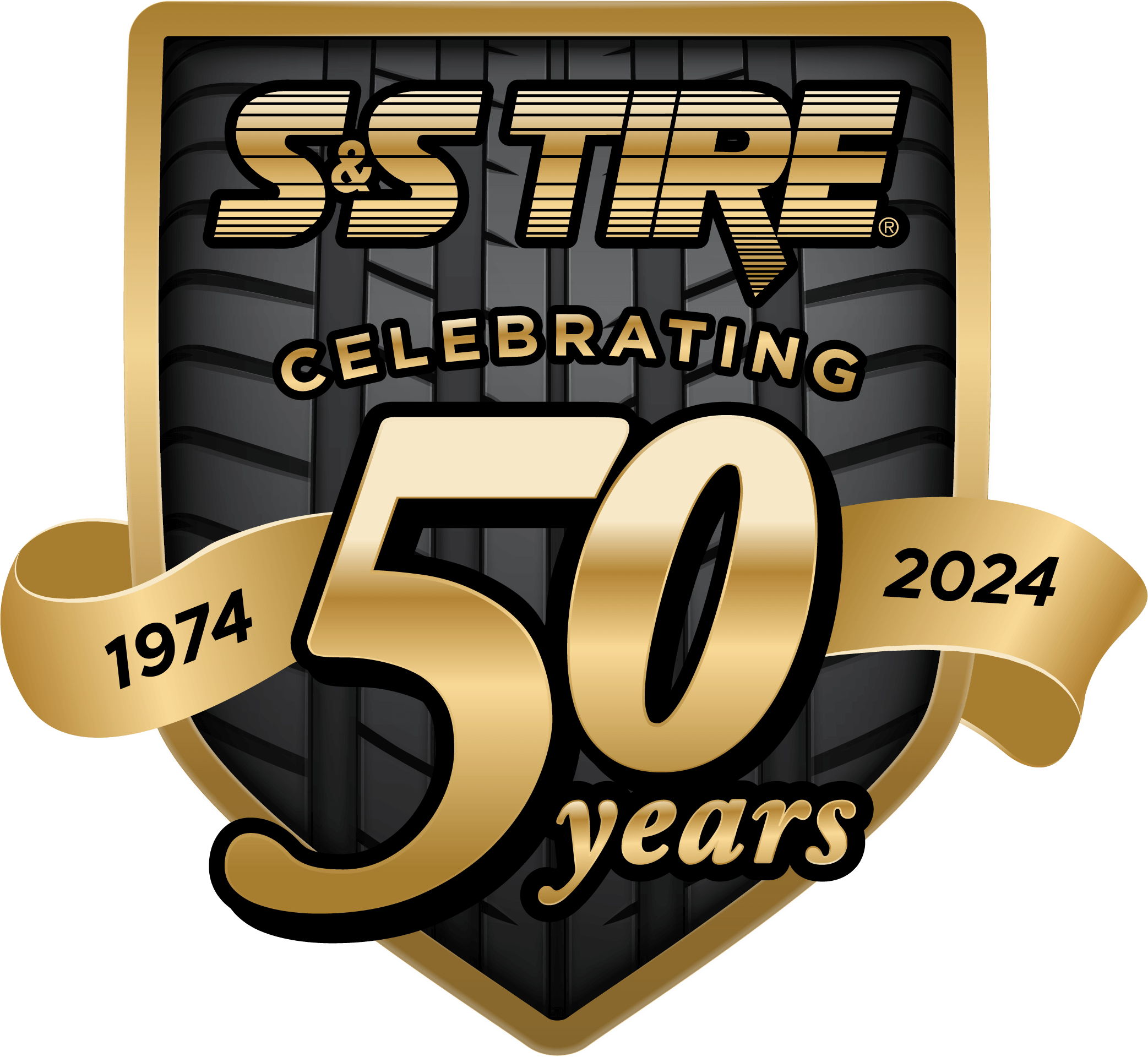Why is Wheel Balancing Important?
Why is Wheel Balancing Important?
Having regular tire balancing done is especially important for today’s lighter vehicles. The heavier weight of cars years ago actually helped smooth out the ride by tamping wheel vibrations. But, with today’s more responsive and lower-profile tires, any imbalance can cause safety, excessive wear, and driving comfort issues.
What is Wheel Balancing?
Wheel or tire balancing is one of the most overlooked recommended maintenance services by vehicle owners. Not to be confused with wheel alignment, tire balancing improves performance, service life, and ride quality (not to say that wheel alignment doesn’t). Wheel balancing refers to properly adjusting a tire’s weight distribution.
How Do Tires Get Out of Balance?
Actually, typical manufacturing imperfections often cause an imbalance in many tires. Everyday wear and tear can also throw your wheels out of balance. It only takes about half of an ounce in weight difference to cause vibration while you are driving.
How Will I Know If My Tires are Out of Balance?
The most common symptoms of unbalanced tires are vibration in the steering wheel, uneven and unusually fast tread wear, and poor fuel economy. You may notice excessive vibration in the floorboard or in your seat, at faster speeds, as well. Your tires will roll smoothly with no vibration when all four are in balance.
How Does the Technician Balance My Tires?
Tire rebalancing is done in a tire shop. The technician will place the wheel-tire unit on a tire balancing machine. The wheel is spun and vibration measurements are taken. This tells the mechanic if the weight is evenly distributed, and if not, how much weight to add, and where on the wheel to add it. You may have noticed these weights on your tires, they sort of look like small fishing sinkers wedged between the tire and the wheel’s rim.
How Often Should I Have My Tires Balanced?
p>Have your tires balanced each time that you have them rotated – about every five to six thousand miles or every six months, whichever comes first.
Along With Tire Balancing, Is There Any Other Tire Maintenance I Should Regularly Perform?
For sure. A little TLC goes a long way when it comes to tire care. Here are a few other items that you should make part of your routine maintenance schedule.
Check Your Tire Pressure Often
The National Highway Traffic Safety Association estimates that less than twenty percent of vehicles on the road each day have correctly inflated tires. Properly inflated tires perform better, last longer, and deliver much better ride quality than over-inflated or under-inflated tires. Check your vehicle’s tire pressure seasonally, before long road trips, or 3,000 miles. Look for the manufacturer’s recommended tire pressures listed on a placard located on the inside of the driver-side door jamb. Don’t wait for the TPMS (Tire Pressure Monitoring System) warning light to come on to perform this maintenance.
Check Your Tire Treads
Tires with reasonable tread depth will grip the pavement much better on dry, snow-covered, or wet roads than worn tires. An easy way to check if it’s time for a new set of tires is to insert an upside-down quarter into the treads. If George Washington’s entire head is visible, there is less than 1/8th of an inch of tread remaining and it’s time for a new set.
Rotate Often
Due to cornering, the front tires wear faster on their outer edges. They also carry more weight, and on most modern vehicles, pull most of the weight. Rotating your tires every so often helps spread the wear and extends their life. Since the advent of radials, most automakers recommend front-to-rear, same-side swap, as opposed to a rotation. Most manufacturers recommend rotating the tires about every 3000 to 5000 miles, or with every oil change.
Have an Annual Wheel Alignment
Poor wheel alignment leads to uneven tire wear, decreases fuel mileage, and may cause serious vibration at high speeds. Compared to having your tires wear out twice as fast as they should, an annual wheel alignment is a small price to pay. Correctly aligned wheels offer better fuel mileage, improved handling, and an overall smoother ride, as well.
